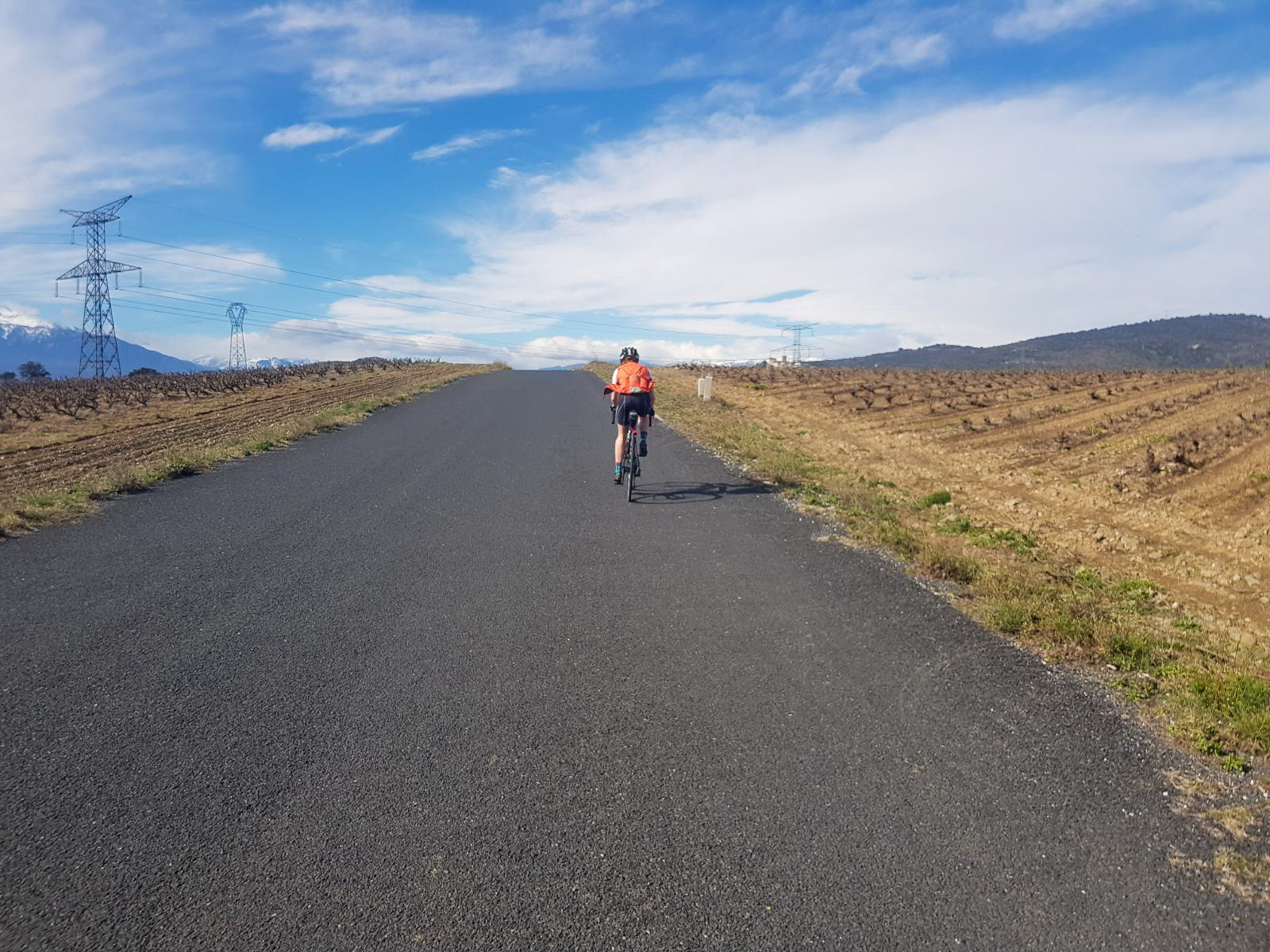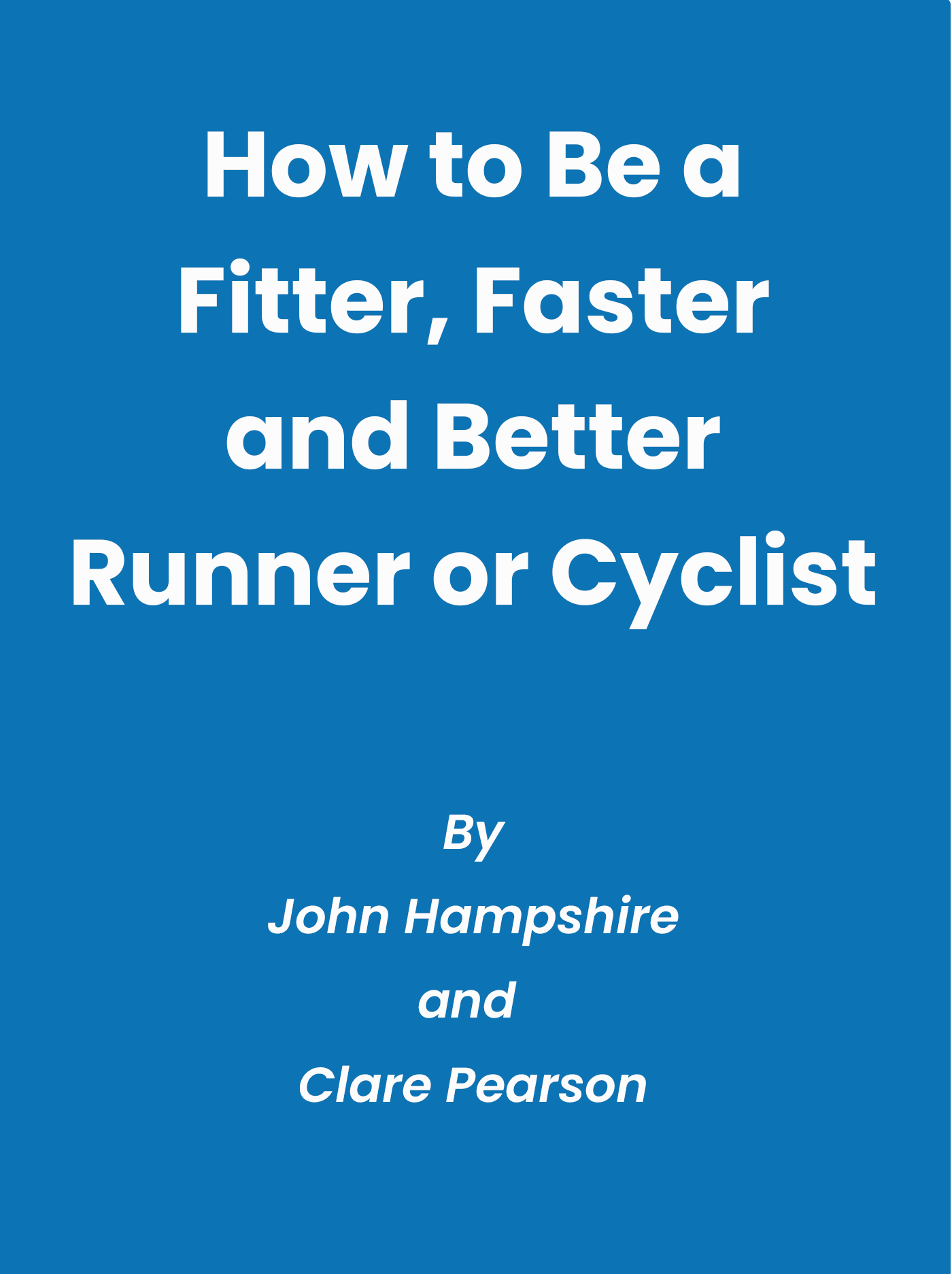Why are you slow at cycling up hills?

A question that people often want to improve is how to get faster at cycling up hills. This is often because they can’t keep up on hills during rides with friends, in training groups or in events or races. There are two main reasons why you might not be as fast as you would like to be when riding up hills but the reason you can’t keep up or have to slow down on hills is probably not due to how fast you are on hills but how much energy you have used before getting to the hill.
Improving your overall cycling fitness and managing your energy effectively alongside improving your fitness for cycling up hills is likely to give you the biggest improvements in your climbing speed.
So, there are two reasons that you might be slower than you would like to be on hills:
- Your are using all your energy up before the hill and therefore you have nothing left to get up the hill as fast as you want; or
- You get to the hill with lots of energy but don’t have the capacity to ride hard all the way up at the pace you want to.
It is usually a combination of these two factors, whereby you can ride at the speed you want up a few hills and eventually you become exhausted and have to slow down.
Why do you run out of energy before you get to the hills?
During endurance exercise like cycling, or running, you use energy from fat and carbohydrate reserves in our bodies. Even the most skinny person has lots of energy stored in fat, which in practical terms would provide days of energy to keep you going. However, we only have a limited store of carbohydrate energy to draw on.
During exercise we use varying proportions of fat and carbohydrate. At a slower pace we tend to use more fat and as we get faster we use more carbohydrate and less fat. By taking in carbohydrates through food and drink as we ride, we can maintain some of our carbohydrate reserves but there is a limit to how much of this we can do. This means that if we go too fast we can use up all our available carbohydrate reserves and have to slow down to a pace that can be sustained by using fat alone as a fuel source.
Why do you run out of energy after a few hills?
Combined with the aerobic systems described in the previous section, we have a limited anaerobic capacity. Roughly speaking, the anaerobic capacity is the amount of energy available to work above anaerobic threshold in a short continuous effort. More roughly speaking, this can be taken as the amount of energy available to work above what is termed FTP (Functional Threshold Power/Pace) in a short continuous effort.
Anaerobic capacity can be recovered by riding a bit slower, at a pace below FTP but if you continue at or close to FTP, this reserve of ability to ride above FTP can be exhausted and again you will have to slow down.
So, in practical terms, if you ride above FTP on climbs and don’t slow down enough to recover between climbs, you will use up your anaerobic capacity and have to slow down until you can recovery.
As you can see, there is a lot going on to slow you down on hills that isn’t necessarily directly related to how fast you can ride up one hill. This means that you might actually be pretty fast on hills but unable to ride as fast as you would like to when out on a typical longer ride in hilly terrain.
How can you get faster at riding up hills?
From the ideas explained earlier, you can probably see that there are a few ways to get faster at riding up hills.
- Improve your general riding fitness and fuelling (what you eat and drink during the ride), so that you don’t use as much of your carbohydrate reserves and therefore can sustain a given pace for longer;
- Improve your FTP so that you don’t go over your FTP as much and therefore don’t need to use as much of your anaerobic capacity; and
- Improve your anaerobic capacity and ability to recover that capacity, so that you have a bigger reserve to draw on for repeated efforts.
Analyse your rides to decide what is most important
Think about rides where you have struggled to cycle as fast as you want up hills and analyse the reasons based on what you have read. If you collect data such as heart rate and/or power from your rides you can use these to give you more insight. Power is better than heart rate because it picks up every surge and change in effort but heart rate is pretty good and will give you a lot of useful information.
Look at the trace of your ride and see where you went above your anaerobic threshold heart rate or FTP power, if this happens frequently and in quick succession before you have to slow down, it may be that you need to raise your FTP or your anaerobic capacity to improve. If there aren’t many spikes above FTP but you are close to FTP for a long time, it is more likely that focusing on improving your FTP is going to be your priority.
If you are riding well below your anaerobic threshold/FTP and there aren’t a lot of spikes above FTP, it may be that the area to focus on is your general endurance and also making sure that you are taking in enough liquid and carbohydrates during your ride. If you are new to cycling or new to riding this length of ride, it may be that just riding gradually increasing durations will be enough to build your fitness. Make sure that you eat and drink during your rides. To spare your carbohydrate supplies, it is best to take in at least 30g of carbohydrate per hour, which may seem like a lot at first but if you combine a sports nutrition mix in your drinks bottle with some energy bars or gels, you will quickly get used to it and notice a difference.
How to improve your FTP and anaerobic capacity
If you find that you need to improve your FTP, the most effective way is to combine some form of interval training with your regular endurance rides. Start with 2 interval workouts each week and if you feel comfortable with this you can have a harder hilly ride as well. Make sure you get enough recovery between these harder rides because they don’t work as well if you are too tired to hit really high powers/heart rates.
If you are working close to what is known as your VO2max, you will make gains in FTP but also improve your shorter term powers and raise your anaerobic capacity as well. This is because the hard parts of your intervals are well above your FTP and therefore you are having to work anaerobically, this provides a stimulus to both your aerobic and anaerobic fitness.
Details of how to plan interval workouts are beyond the scope of this article but as a rule of thumb, a VO2max style workout would be efforts of between 2 and 5 minutes with the same amount of recovery time as the effort. For example, you could do 4 x 4 minutes as hard as you can with 4 minutes recovery between efforts. Build up the number of efforts you can do and you will see some improvements in both your FTP and your shorter powers, as well as how quickly you recover from those harder climbs. Do the efforts as hard as you can but if you want a guide and you have access to a power meter, you can aim for your best 6 minutes power for each hard 4 minutes effort.
If you have suitable safe places, doing the hard efforts up hill will make them more specific and help you learn more skills related to riding up hills.
If you want to learn more about interval training, you can look at this article and if you want to learn more about how to improve your general fitness at a pace below your FTP, this article is probably of interest to you.
Related Questions
Can I just go our for hard bike rides to get better at cycling up hills? To some extent, riding hard for 40 to 90 minutes will develop your FTP and anaerobic threshold and if this is on a hilly route there will be some improvement of your hill climbing as well. However, there is a limit to how useful this will be because you are never working much above your FTP and therefore the stimulus to improve is more limited than it would be with higher intensity training such as hill repeats or intervals. Combining longer endurance rides with harder interval type training is likely to be more effective unless you are new to cycling.
Will losing weight make me better at cycling up hills? If you are over weight, losing some weight is likely to help you get faster at riding up hills but you need to be careful and take your time if you combine eating less with harder cycling training because you could end up with too large an energy deficit that can lead to fatigue and illness that can become very serious. If you plan to lose weight, it is best to track your calories using a diet tracker like MyFitnessPal and make sure you are eating enough to fuel your training as well as promote gradual weight loss. If you are not over weight, there is a real chance that you will get worse at climbing hills and potentially ill and injured if you try to lose weight below what is healthy for you.
December 29, 2020

Comments